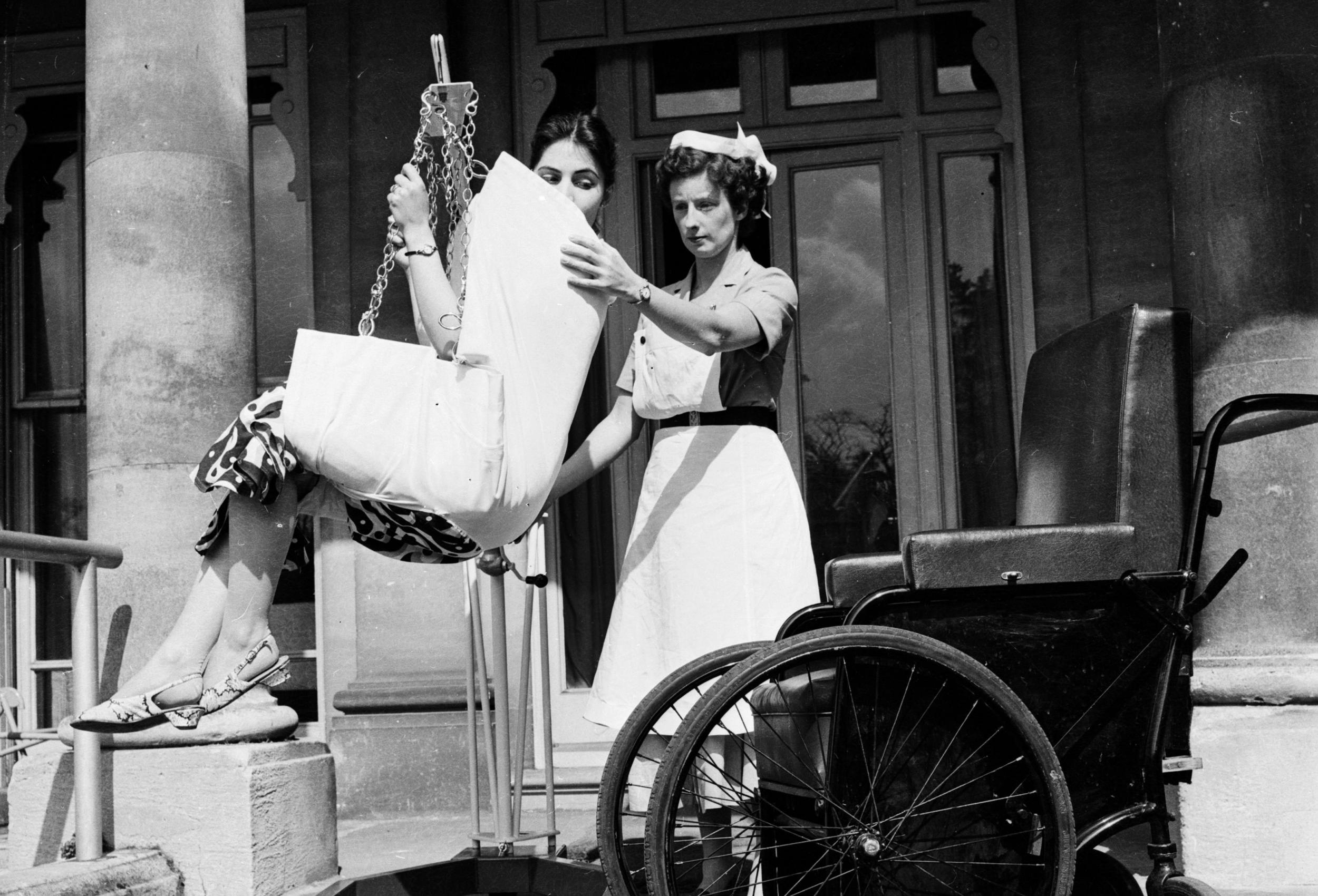In Sickness and in Health: Joint effort to get upright deserved a standing ovation
Last year, Rebecca’s husband Nick was hit by a car and seriously injured. Here, in one of a series of columns, she writes about the aftermath of his accident

If you couldn’t use your writing hand, or the arm it’s attached to, your legs didn’t work properly and leaning forward was a problem, how would you get out of bed? You could try to roll onto the floor, but even without the drop, you’d not be much more use down there than back under the duvet. If you wanted to get into a chair, wheeled or otherwise, how would you go about it?
To move the immobile, you need a machine (as well as some help from a human or two) called a hoist. You also need a sling, a big, strappy bit of reinforced fabric. To get my husband out of bed - a trial even before his accident, as he loved a lie-in - his carers roll him onto his side and push one edge of the sling under him. They then roll him the over way and tug the sling under him. Once he’s in this pouch, they wheel over the hoist and attach the sling’s straps to various hooks. They press go on the hand control, and Nick is slowly scooped up in the sling and lifted until he’s dangling like a stork’s bundle. The carers then position his wheelchair and slowly lower their precious (but sometimes whinging) cargo into position. All the time that Nick is in his wheelchair, he’s sitting in his sling, ready for the reverse journey.
The hoists used at Nick’s care home come in pastel shades of purple and blue. They stand in the corridors, looking like robot insects, their struts and supports pointing at strange angles. The one that gets Nick out of bed is called a Maxi Move, which sounds like a bit some sort of gym equipment. Despite the soothing colours and dynamic name, a hoist is not a groovy piece of kit. I’d love one, though, as to own one of these devices would be another step towards Nick being able to stay a night away from the care home.
I was introduced to another kind of hoist the other day, the Sara Steady (who came up with that? A thwarted My Little Pony designer?). Sara is a standing hoist. I don’t know all of the things that she can do, but the one thing that she’s been up to recently is helping to get Nick to stand up.
Just as when Nick gets out of bed, the way he stands up is not the same as how an able-bodied person does it. It requires three people as well as Sara. Nick starts off in his wheelchair with an anti-slip mat placed under his feet. A huge belt is Velcroed around his waist, and a handrail is placed before him to try and grab hold of with his one OK hand. It’s a gradual process, getting him more or less upright, and it’s quite painful to watch, with him grimacing and hissing as he tries to follow his physios’ instructions. I saw Nick - and Sara - do it the other day, the first time I’d been allowed to watch. It might not be standing up as I’d ever known it before, but it was incredible. To look into Nick’s eyes, to see the pride on his face, well, it made me want to give him a richly deserved standing ovation.
Join our commenting forum
Join thought-provoking conversations, follow other Independent readers and see their replies
Comments
Bookmark popover
Removed from bookmarks